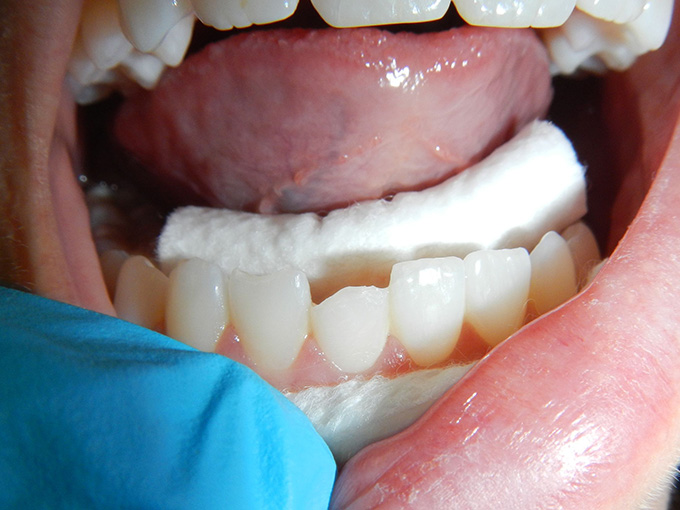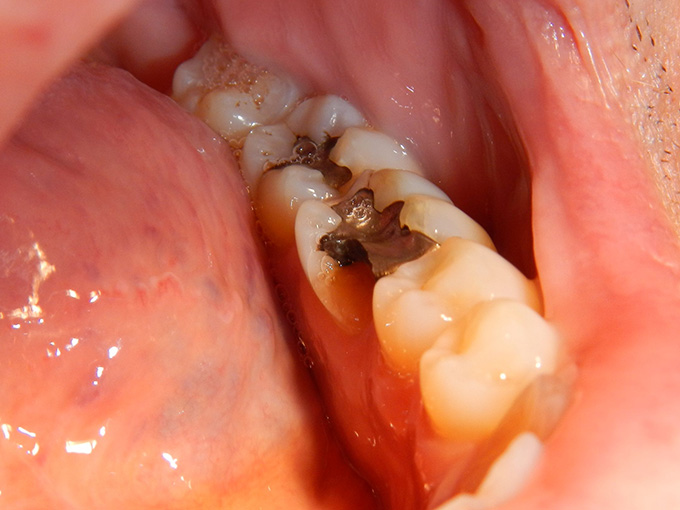Fillings
What Is a Filling?
A filling is a type of dental restoration that replaces the decayed portion of a tooth with a restorative material to restore the function of a tooth. Fillings may also be used to repair cracked or broken teeth.
When are Fillings Needed?
A filling is required when a tooth becomes permanently damaged by tooth decay. Bacteria that naturally reside in the mouth produce acids that attack teeth. Given enough time, these acids can dissolve the protective enamel and cause a hole, known as a cavity, in a tooth. A cavity will not heal by itself and without treatment, will only get worse. Left untreated, the decay can result in the loss of the tooth and lead to pain, infection, and other problems.
Types of Fillings
There are several types of fillings available, including silver amalgam and "tooth colored" composite. The type of filling chosen depends on several factors, which your dentist will discuss with you.
A composite filling matches the color of the tooth, which is one of the primary advantages of this filling material. It also requires less of the original tooth material be removed and chemically bonds to the tooth, making it an ideal restorative choice. However, it is not as durable as an amalgam filling, may take longer to apply, and may cost more.
A silver amalgam filling (which is an combination of mercury and other choice metals) is durable, strong, and less expensive than composite fillings. But it is less aesthetic and may require more tooth material to be removed before it is applied.
Prevention Key to Fewer Fillings
Good oral hygiene is a key factor in reducing cavities and the need for fillings. Following these basic steps will help prevent dental disease:
- Brush your teeth twice each day using a flouride toothpaste
- Floss between your teeth once a day
- Eat a healthy, balanced diet, choosing nutritious foods for snacks
- Avoid food and drinks high in sugars
- Visit your dentist twice a year for prophylaxis treatment
- Ask your dentist about dental sealants





